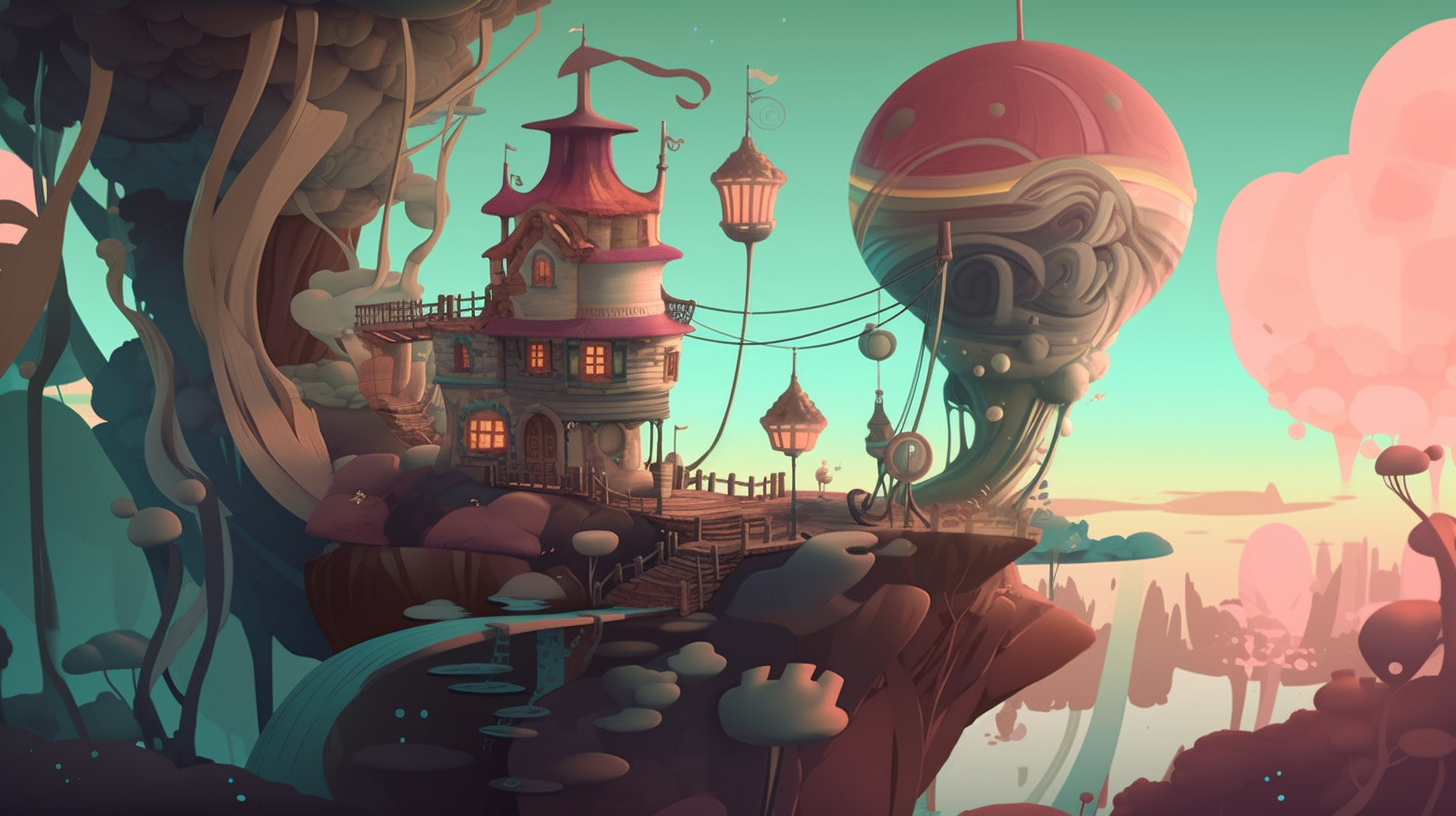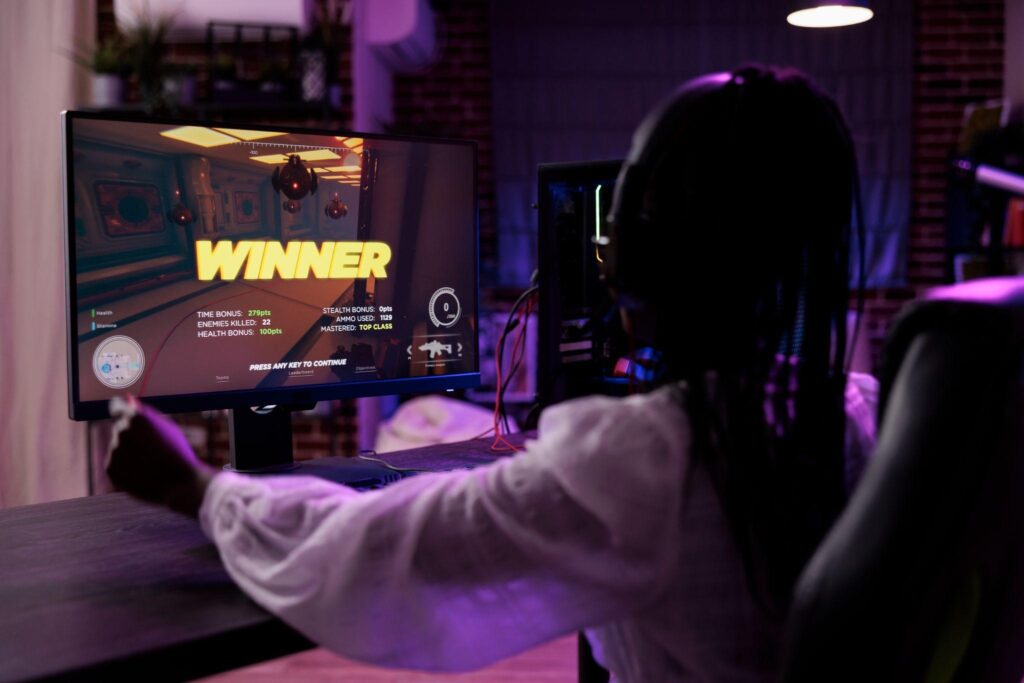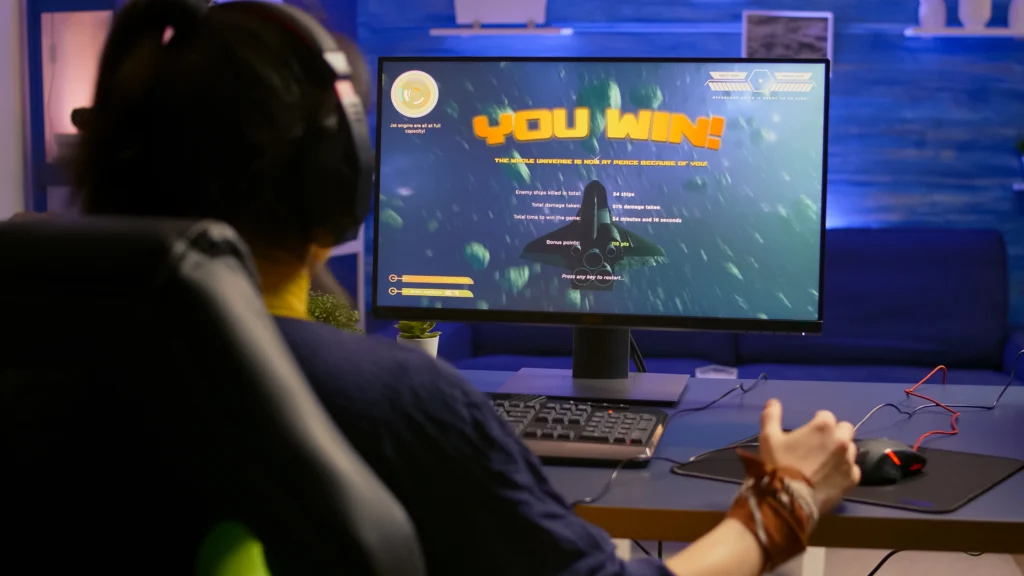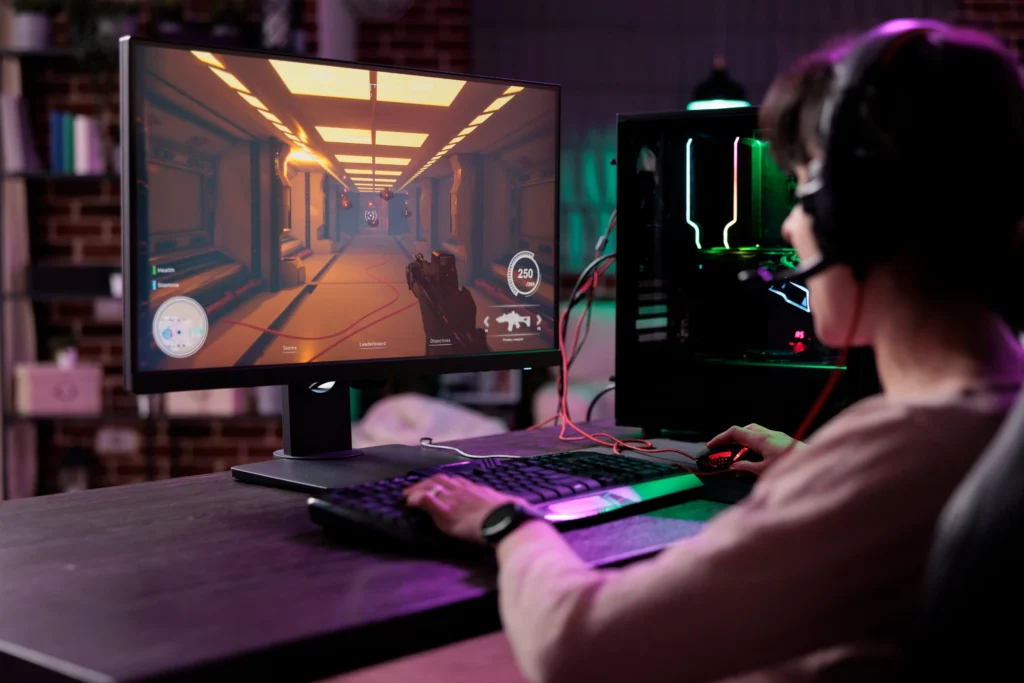Indie Game Development: From Concept to Publishing

Indie game development has become popular thanks to digital distribution platforms like Steam and itch.io. Although creating a game from scratch can be challenging, various tools and resources have made it more accessible. Free tutorials can be found online, and AI-generated art has helped remove barriers preventing indie developers from creating their dream games. Platforms like Moddio provide the tools to develop and host an online multiplayer game, but how does an indie project become a fully published product? Follow us as we journey from concept to production and finally publishing an indie game.
Table of Contents
Concept: The Core of Indie Games
Game concept development is crucial to creating a successful game. From world-building to the core mechanics, this solid concept acts as the foundation for your game. Before starting the development process, you must clearly know what you want to develop and the players you imagine would build up your game community. RPGs, Puzzle Games, and Battle Royales each have different types of players looking for various unique functions.
For this journey, we will start with a simple Moddio game relying on a 2D environment. The core concept is based on a board game by Steve Jackson called “Ogre,” in which one player is a boss, and all the others need to bring them down. In this game, one player will be a massive “super tank” with a variety of abilities. Meanwhile, all the other players are smaller tanks with only 1 or 2 abilities each. It is up to the smaller tanks to bring down the “super tank” to win a match. Meanwhile, the Ogre simply needs to destroy the enemy base to claim victory.
In this concept, we know the basic idea of the game, the kind of map we are striving to build, and the way that players can interact with the game. This serves as the core of our indie game development project, allowing us to move on to production and building the actual game.
Production: Engine, Plugins, Assets, and Action
Once you have a solid concept in mind, you can start building your game using an engine of your choice. For this example, we will be using Moddio due to its visual editor, easy-level design, and built-in multiplayer functionality. All you need to do is set up the built-in teams function, set it to 1 Vs. All, and add the option for bot play so that each side will always have teams. Coding will be done entirely within the Moddio website, and any additional help can be found on the Forums or within the Community Discord.
For asset collection, we can leverage the use of AI-generated art for this indie game development project. From character portraits to sprites, we can use a variety of AI art tools to generate any visuals we will need for the game. Finally, music can also be built using an AI like Amper Music or Jukedeck. Both use machine learning to generate various tracks and styles of music from either prompts or similar examples. This helps cut down the time of composing music and creating art so we can get a version of our game up and running in less than a week.
As you build your indie game, it’s important to test it frequently to ensure it’s functioning correctly. One benefit of using Moddio is that you can actively test your game as you build. With the collaboration feature and real-time editing, we can perform playtesting and bring on anyone to help as we develop our title. Once you have a playable version of your game, it’s time to polish it up and make it ready for publishing. This involves patching any bugs, filling in missing assets, and ensuring that the game functions well when played with a large group of players.
Publishing: Hello, World
Publishing a title is much more than simply pressing a button and going live. To truly publish a new game, it is important to find websites to host your project and have a hub ready to collect your community. Discord, Reddit, and Forums act as natural gathering places for gaming enthusiasts, and sharing updates of your game on Social Media can help build a reputation for your game. It is important to publish your game on several platforms, so although it is hosted on Moddio, take some time to submit your project to IOgames, Crazy Games, Steam, Itch.io, or anywhere else.
As your game gains popularity, you may also consider developing additional content or releasing updates to keep players engaged. Frequent updates and changes make your game feel alive and evolving and give players a reason to return day after day. Listen to your community, take in feedback, and build your game into something that you and your community enjoy playing.
Life After Publishing
It’s essential for indie game developers to stay up to date with the latest trends and technologies in the gaming industry. Attending conferences and networking events can help you connect with other developers and stay informed about the latest developments in game development. Events like the Game Developers Conference (GDC) offer a range of sessions and workshops on various topics related to game development, including AI and machine learning.
Even if you have created an excellent game, it won’t be successful if no one knows about it. Utilizing social media platforms like Twitter, Instagram, and Facebook can help you reach a wider audience and build a community around your game. You can also use influencer marketing and paid advertising to increase visibility and drive sales. It is important that even after your game is live, you continue to promote and talk about your release so that the community can stay healthy and thriving.
Indie game development is a complex and challenging process that requires a lot of hard work, dedication, and creativity. With the help of tools like Moddio and other AI-powered resources, indie game developers can create high-quality games without breaking the bank. By staying up to date with the latest trends and technologies and building a strong community around their games, indie developers can increase their chances of success in the highly competitive gaming industry.



